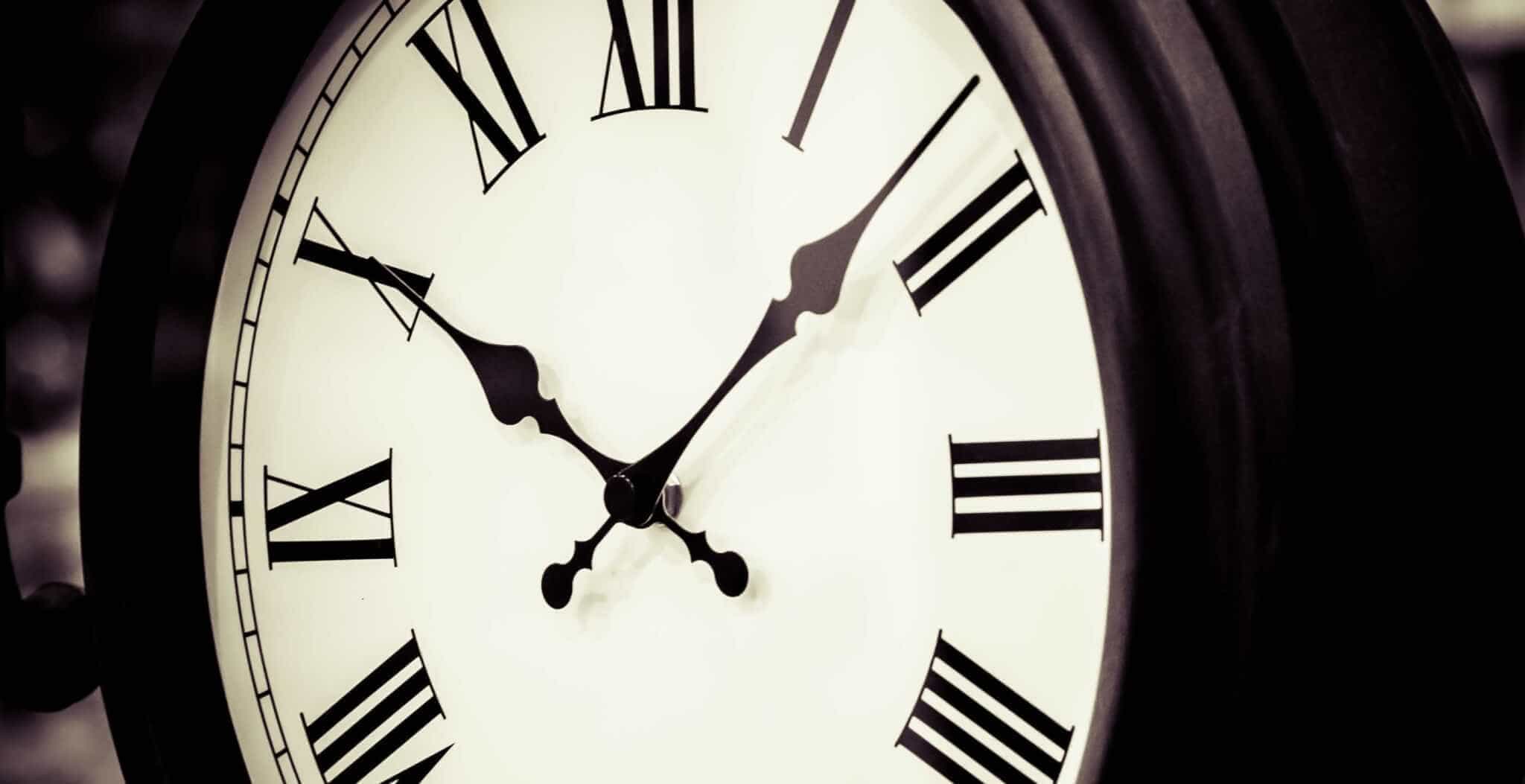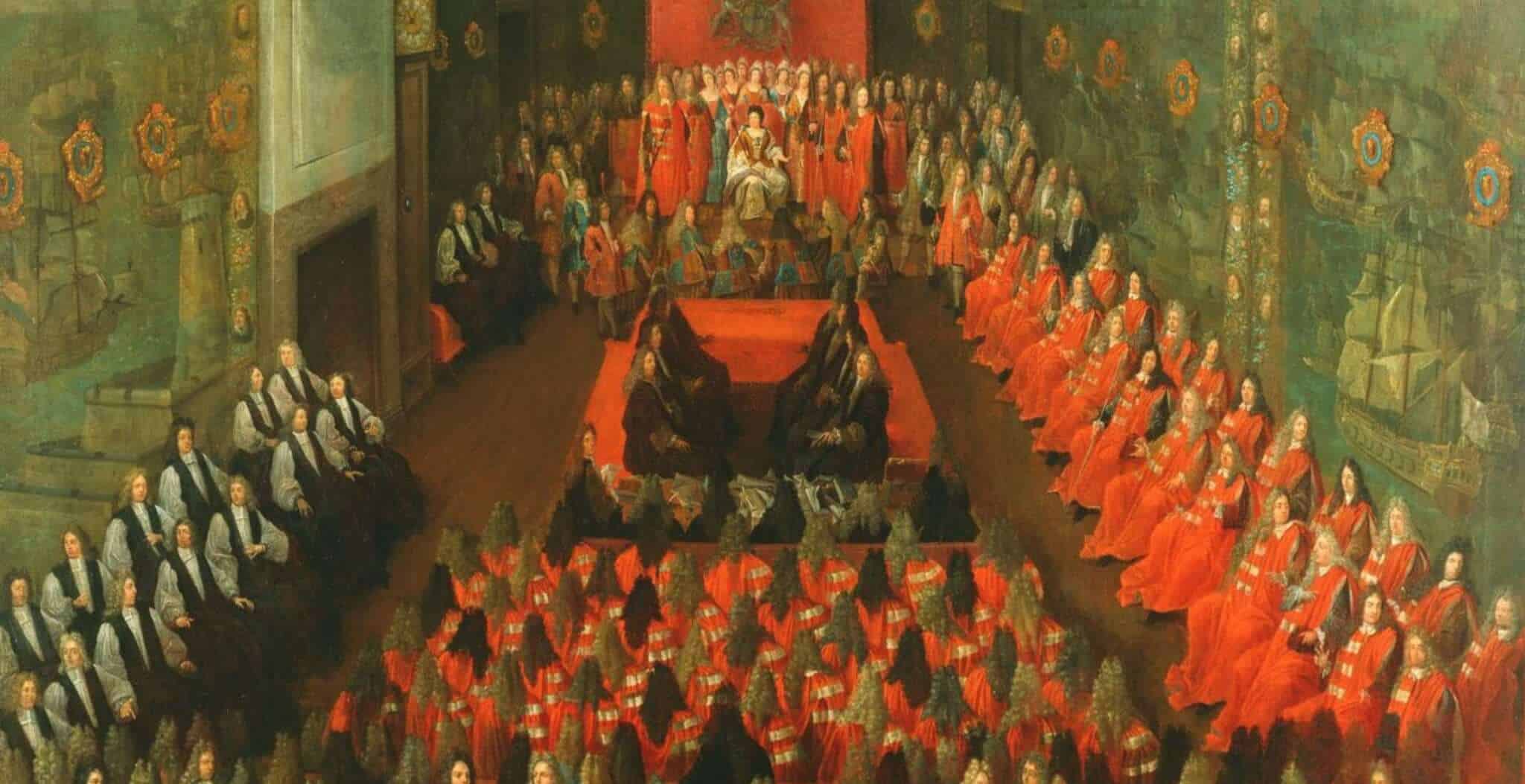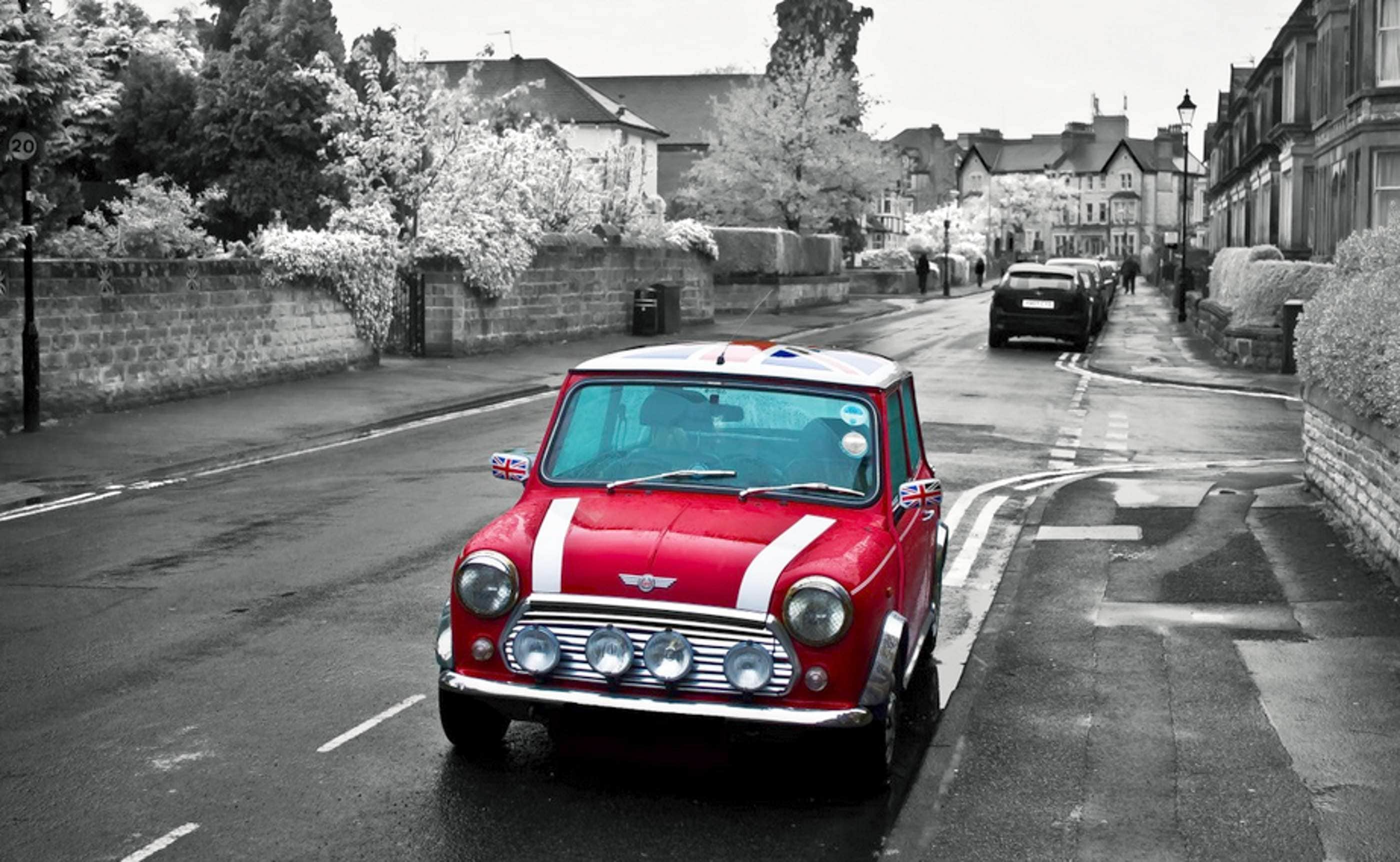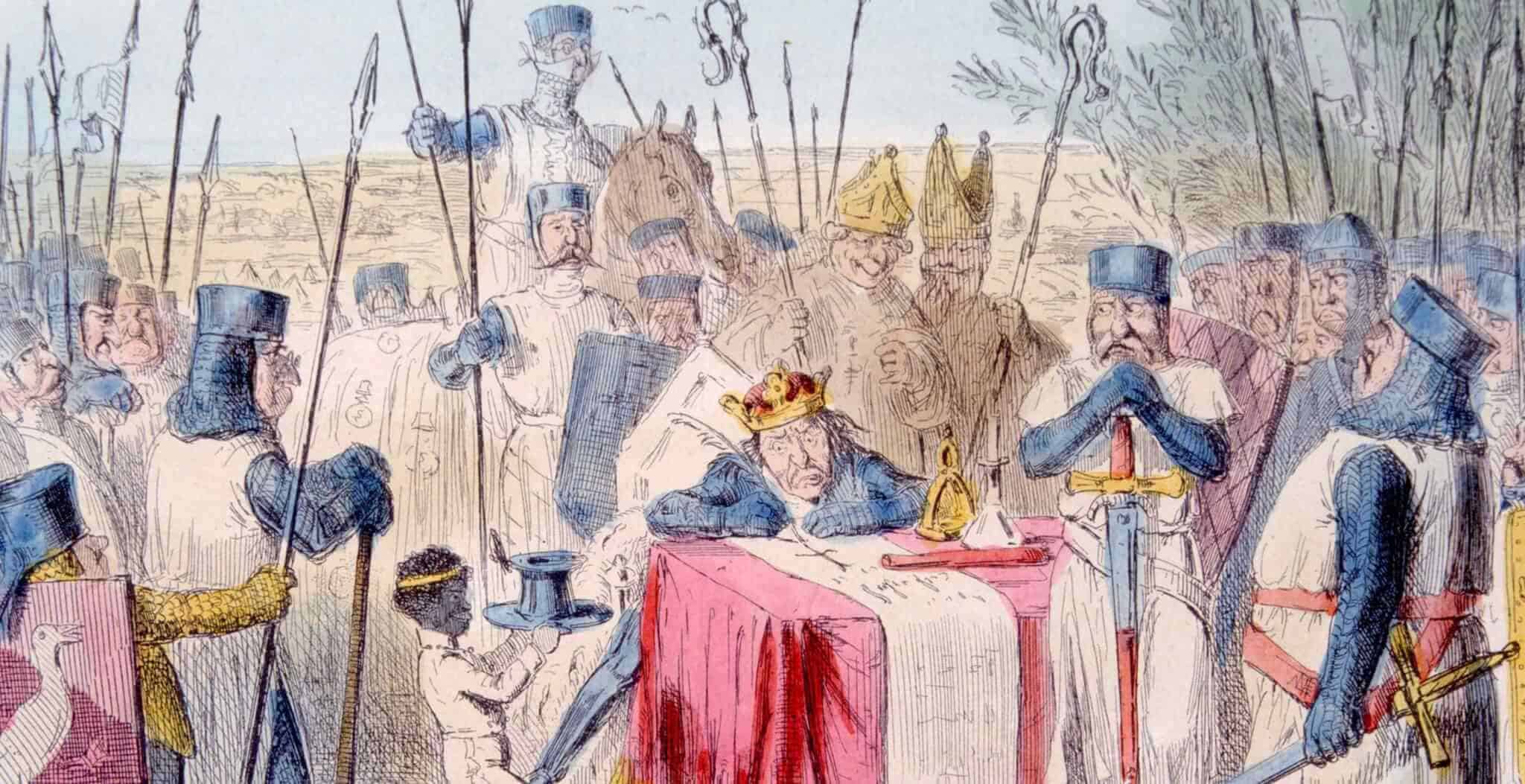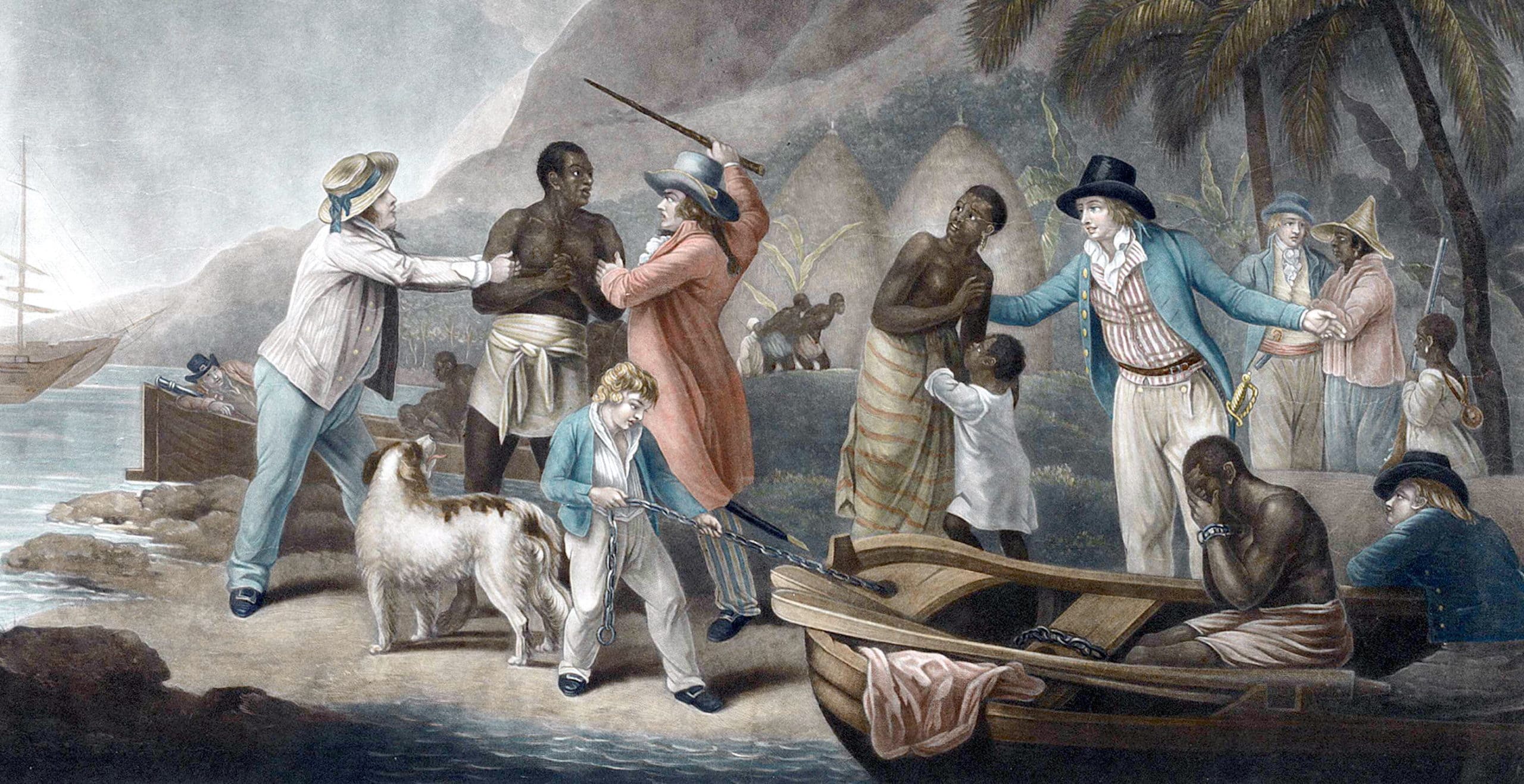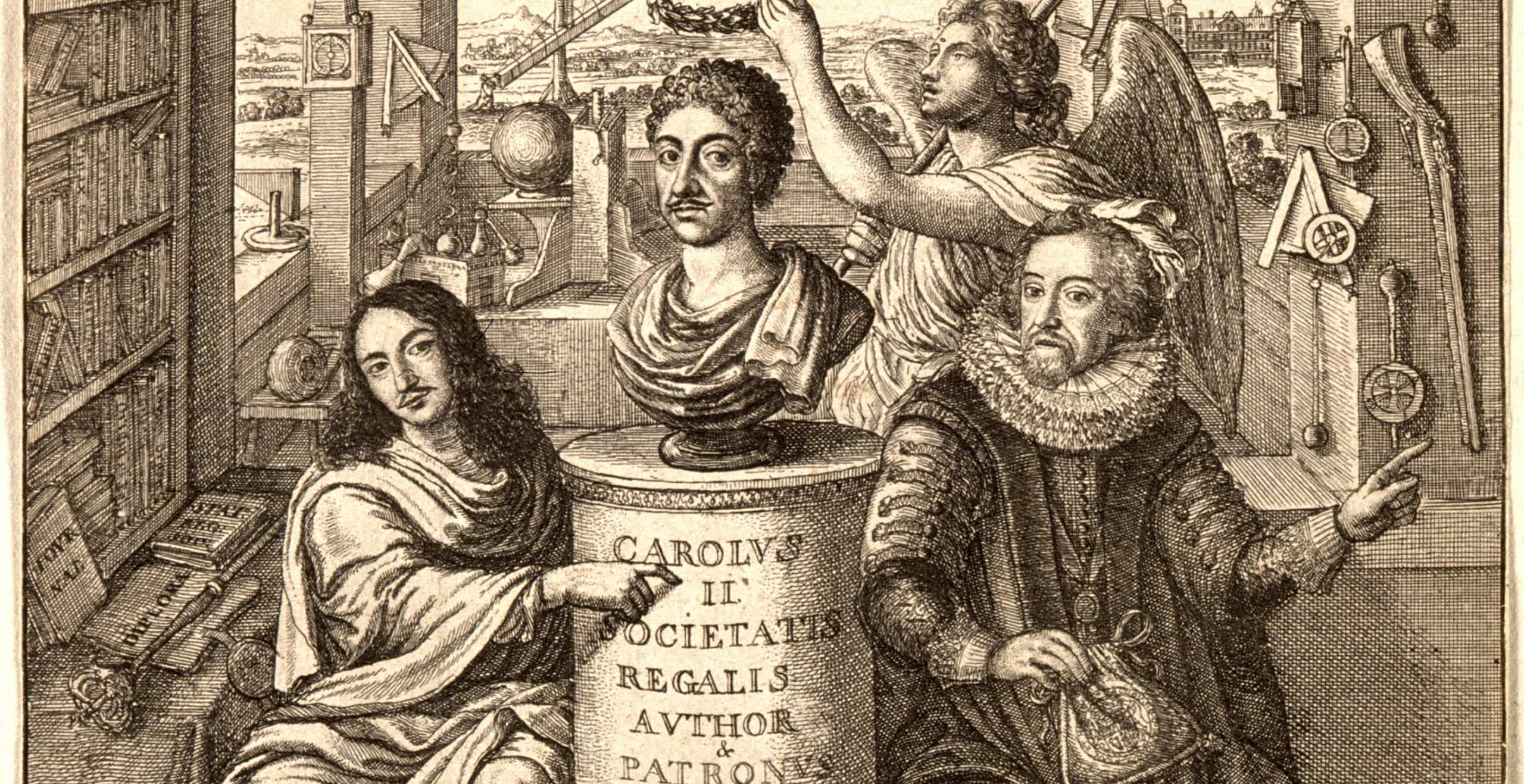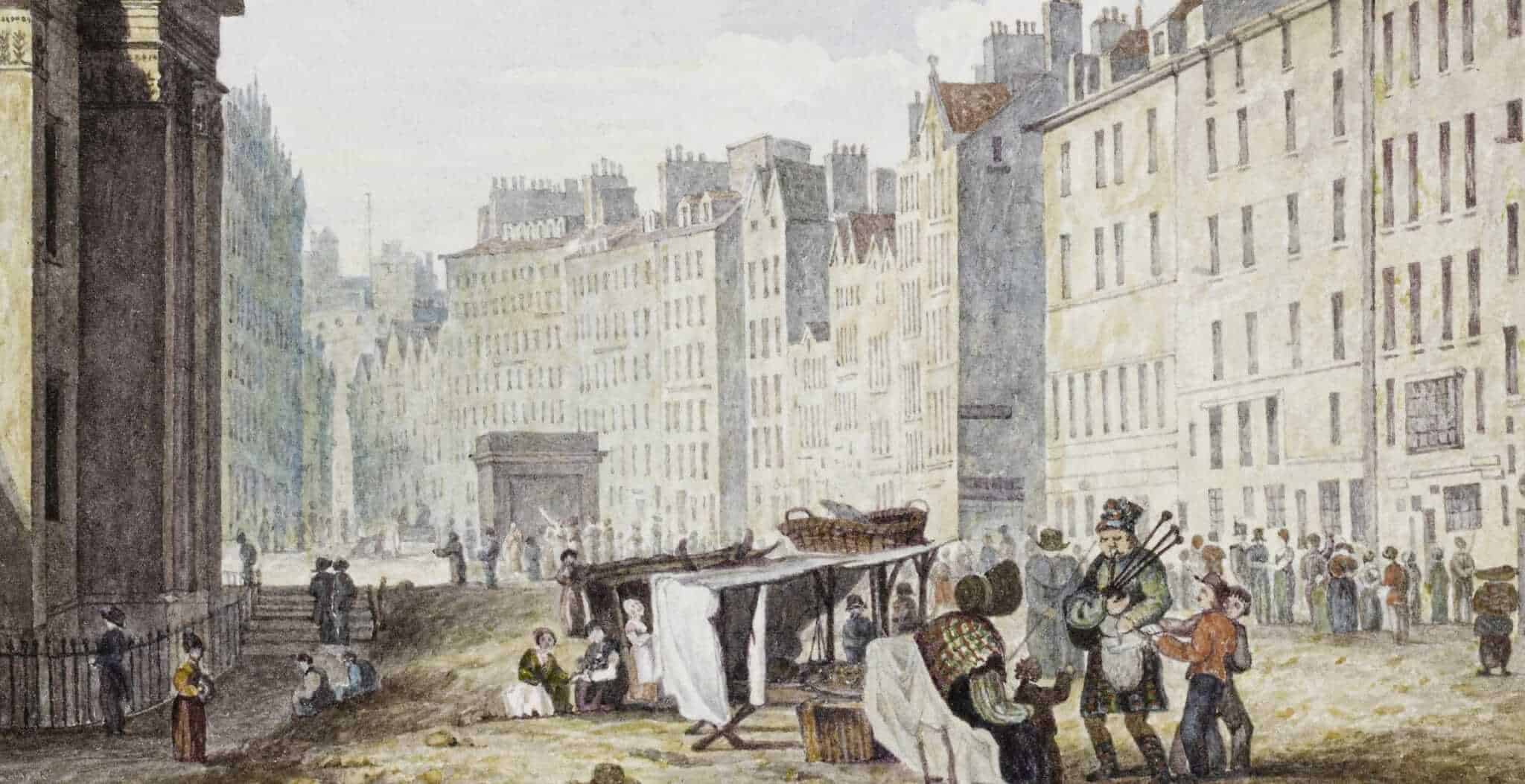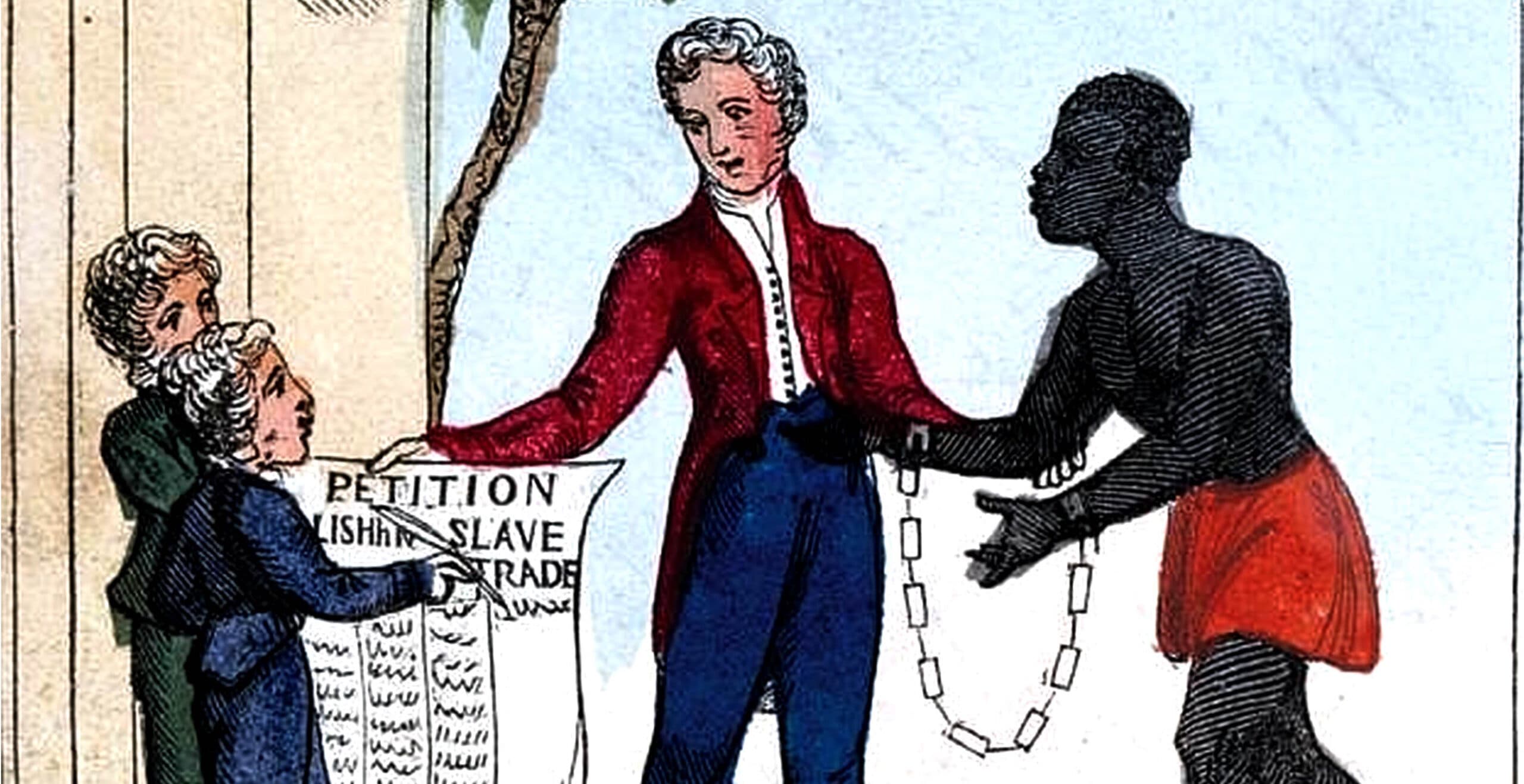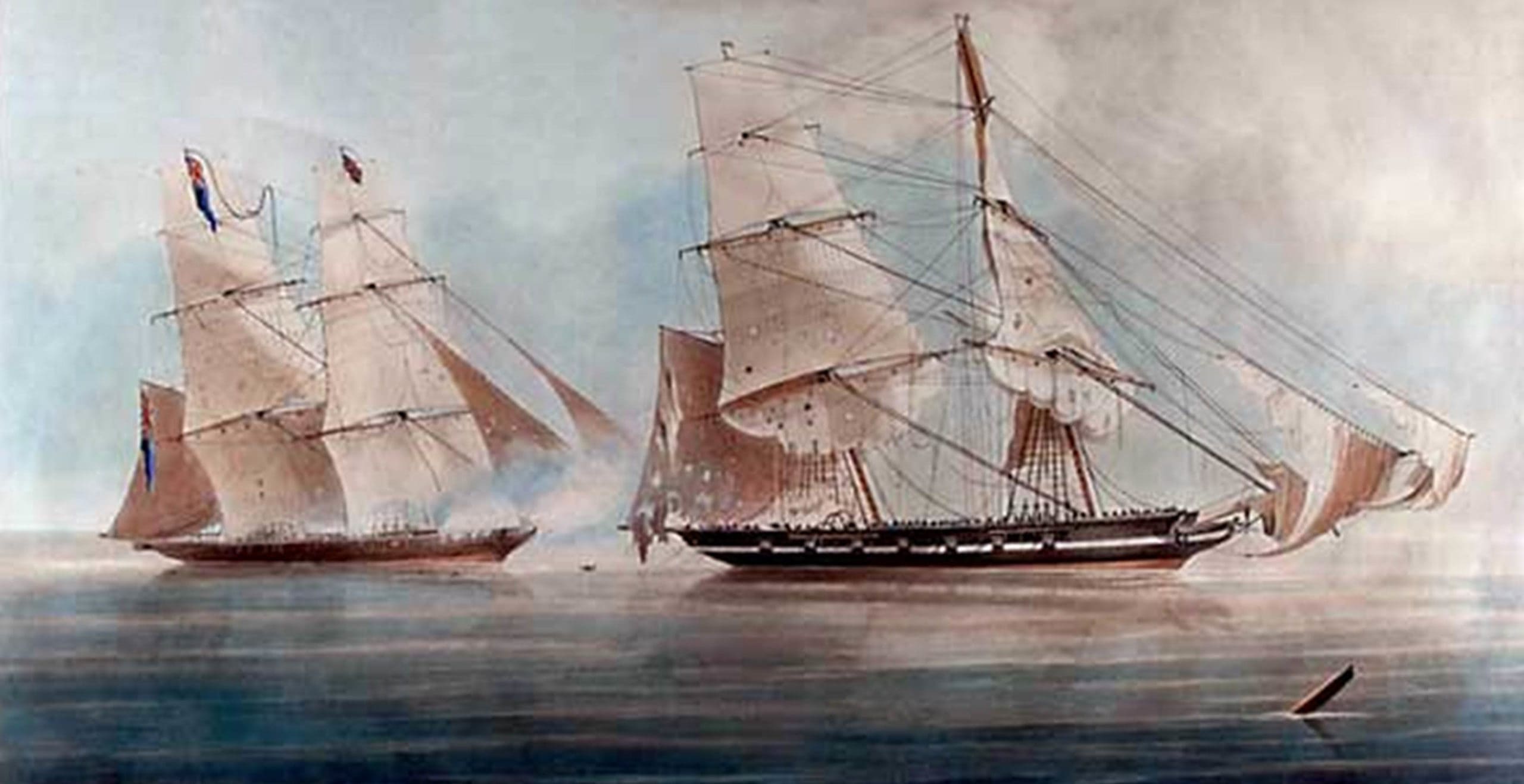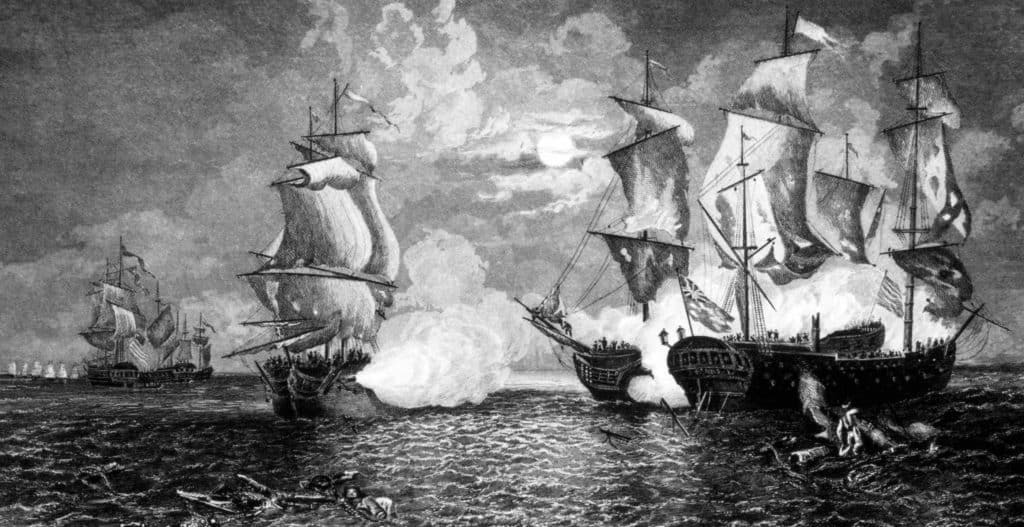To celebrate the Diamond Jubilee of Queen Elizabeth II, Historic UK have put together a timeline of historical events that took place between A.D. 700 and 2012, including events such as Magna Carta, the Great Fire of London and the sinking of the Titanic…
| 757 | Offa becomes King of Mercia. Based around its capital of Tamworth, Mercia was one of the great seven Anglo-Saxon kingdoms of England. |
| 782 – 5 | Offa builds Offa’s Dyke to keep out the Welsh. A great defensive earthwork with a ditch on the Welsh side, it runs for 140 miles from the mouth of the River Dee in the north to that of the Wye in the south. |
| 787 | First recorded raid on England by the Vikings |
| 793 | Vikings sack the Holy Island of Lindisfarne. Possibly the holiest site of Anglo-Saxon England, Lindisfarne is situated off the Northumberland coast in the north east of England. |
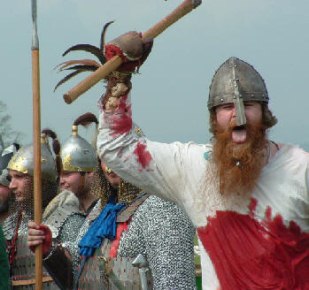
| 871 – 899 | Alfred the Great reigns as King of Wessex. The only English monarch to have ever been bestowed the title of ‘Great’, Alfred is widely acknowledged as one of the most important leaders in English history. |
| 886 | King Alfred recaptures London from the Danes and sets out to make it habitable again, adding fortifications to the existing Roman city walls. |
| 893 | Anglo-Saxon Chronicle is started. This annual record of events is written in Old English and was originally compiled during the reign of King Alfred the Great. |
| 924 – 939 | Athelstan reigns as the first King of All England. It was during the summer of 937 that the Battle of Brunanburh defined the countries we now know as England, Scotland and Wales. |
| c1000 | The Old English heroic epic poem ‘Beowulf’ is written. Originally passed down orally over many generations, it records the story of the warrior Beowulf and his fight to defeat the monster Grendel who is terrorising Denmark. |
| 1016 | Danes triumph at the Battle of Ashingdon (Assandun), defeating an English army led by King Edmund Ironside. Canute (Cnut) becomes King of England |
| 1042 – 1066 | Reign of Edward the Confessor, who restored the rule of the House of Wessex following the period of Danish rule since Cnut. |
| 1066 | Following the death of King Edward the Confessor in January 1066, Harold Godwinson is selected as the next King of England by the Witenagemot (King’s councillors). On 25th September at the Battle of Stamford Bridge near York, Harold defeats an invading army led by Harald Hardrada, King of Norway. Just 3 days later, William the Conqueror lands his Norman invasion fleet on England’s south coast. |
| 1066 | Norman Invasion of England following the death of King Harold II at the Battle of Hastings |
| 1066 – 87 | Reign of William the Conqueror, aka William I and William the Bastard, victor at the Battle of Hastings; he secures his newly acquired lands through a mass building project introducing modern castle building techniques into Medieval England. |
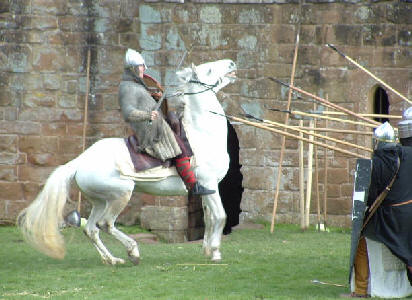
| 1086 | The 413-page Domesday Book is published. This records the state of the country’s economy in the aftermath of the Conquest as William needed to raise taxes to pay for his army. |
| 1087 – 1100 | Reign of William II (aka William Rufus due to his ruddy complexion). Third son of William the Conqueror, he defeats two invasions of England led by Malcolm III of Scotland and suppresses a Welsh rebellion. He is killed in ‘mysterious’ circumstances whilst hunting in the New Forest, Hampshire. |
| 1095-99 | First Crusade to the Holy Land. Pope Urban II promises the knights of Europe forgiveness of their sins if they win back Jerusalem for Christianity. |
| 1100-35 | Reign of Henry I. Henry Beauclerc was the fourth and youngest son of William I. He was called the ‘Lion of Justice’ as he gave England good laws, even if the punishments were ferocious. |
| 1120 | Henry I’s two sons, including his heir, William Adelin, are drowned in the White Ship disaster, near the Normandy coast off Barfleur. Henry’s daughter Matilda is announced as his successor. |
| 1135 – 54 | Reign of Stephen I. After Henry I died of food poisoning, the Council considered a woman unfit to rule and so offered the throne to Stephen, a grandson of William I. A decade of civil war known as The Anarchy ensued when Matilda invaded from Anjou in 1139. |
| 1154-89 | Reign of Henry II. A brilliant soldier, Henry extended his French lands until he ruled most of France; he also laid the foundation of the English Jury System. Henry is mostly remembered for his quarrel with Thomas Becket. |
| 1170 | Murder of Thomas Becket in Canterbury Cathedral. |
| 1189-99 | Reign of Richard I (The Lionheart, pictured below). Richard spent all but 6 months of his reign abroad, preferring to use the taxes from his kingdom to fund his various armies and military ventures, including the Crusades. |
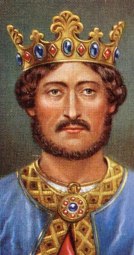
| 1199-1216 | Reign of King John |
| 1215 | The Great Charter, or Magna Carta is agreed by King John at Runnymede, near Windsor, on 15th June. Drafted to make peace between the unpopular king and a group of rebel barons, it would last less than three months. |
| 1216-72 | Reign of Henry III. Henry was only 9 years old when he became king. Brought up by priests he became devoted to church, art and learning. |
| 1272-1307 | Reign of Edward I (aka Edward Longshanks). A statesman, lawyer and soldier, Edward sought to unite Britain by defeating the Welsh chieftains. He was known as the ‘Hammer of the Scots’ for his victories in the Anglo-Scottish Wars. |
| 1276 – 1301 | Edward I achieved the conquest of Wales through three major campaigns and on a scale that he knew that the Welsh could not hope to match. |
| 1307 – 27 | Reign of Edward II. A weak and incompetent king, Edward was deposed and held captive in Berkeley Castle, Gloucestershire. |
| 1314 | The Battle of Bannockburn, decisive victory for the Scots led by Robert the Bruce |
| 1327-77 | Reign of Edward III. Edward’s ambition to conquer Scotland and France plunged England into the Hundred Years War. |
| 1337-1453 | Hundred Years War between England and France. |
| 1346 | With the help of a few thousand longbow men, English forces defeat the French at the Battle of Crecy. Edward III and his son, the Black Prince, become the most renowned warriors in Europe. |
| 1348-50 | The outbreak of bubonic plague, the ‘Black Death‘ killed half the population of England and an estimated 50 million people, or 60 per cent of Europe’s entire population. |
| 1377-99 | Reign of Richard II. The son of the Black Prince, Richard was extravagant, unjust and faithless. The sudden death of his first wife Anne of Bohemia completely unbalanced Richard; his acts of revenge and tyranny turned his subjects against him. |
| 1381 | Peasant’s Revolt led by Wat Tyler. This popular uprising started in Essex, when a tax collector tried to collect monies in order to pay for the war in France. |
| 1399-1413 | Reign of Henry IV. Henry spent most of his 13 year reign defending himself against plots, rebellions and assassination attempts. The first Lancastrian king died, probably of leprosy, at the age of 45. |
| 1413-22 | Reign of Henry V. The son of Henry IV, he was a pious and skillful soldier. He pleased his nobles by renewing the war with France in 1415. Henry died of dysentery whilst campaigning in France, leaving his 10-month old son as King of England and France. |
| 1415 | English defeat French at Battle of Agincourt, with more than 6,000 Frenchmen killed. |
| 1422-61 | Reign of Henry VI. Henry came to the throne as a baby and inherited a losing war with France. Suffering from mental illness, the House of York challenged Henry VI’s right to the throne and England was plunged into civil war. |
| 1455-85 | Wars of the Roses between Henry VI (Lancaster) and the Dukes of York |
| 1461-83 | Reign of Edward Duke of York, Edward IV. The son of Richard Duke of York and Cicely Neville, Edward was not a popular king. |
| 1476 | The English merchant William Caxton sets up the first printing press in Westminster and publishes an edition of Chaucer’s The Canterbury Tales. |
| 1483 | Reign of Edward V, one of the Princes in the Tower. The eldest son of Edward IV, he succeeded to the throne at the tender age of 13 and reigned for only two months, the shortest-lived monarch in English history. |
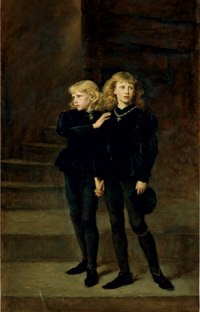
| 1483-85 | Reign of Richard III. Brother of Edward IV, he was the last king of the House of York. He has become infamous because of his reputed involvement with the disappearance of his young nephews – the Princes in the Tower. |
| 1485 | Invasion of Henry Tudor and the Battle of Bosworth Field. End of the Wars of the Roses. After the battle Richard III’s body was taken to Leicester and quickly buried. The king’s remains were famously rediscovered under an inner-city car park in 2012. |
| 1485 – 1509 | Reign of Henry VII and the start of the Tudor dynasty. Henry marries Elizabeth of York uniting the two warring houses of York and Lancaster. Her portrait can be seen on every pack of playing cards, eight times in total. |
| 1492 | Columbus discovers America, although the native tribes never knew it was lost! |
| 1509-47 | Reign of Henry VIII. The best known fact about Henry VIII is that he had six wives… “Divorced, Beheaded, Died: Divorced, Beheaded, Survived”. |
| 1513 | English victory over the Scots at the Battle of Flodden. |
| 1534 | After the Pope refused to grant his divorce from Katherine of Aragon, Henry set up the Church of England. The Act of Supremacy confirmed the break from Rome, declaring Henry to be the Supreme Head of the Church of England. |
| 1536 – 40 | Dissolution of the Monasteries. By destroying the monastic system Henry could acquire all its wealth and property whilst removing its Papist influence. |
| 1541 | Acknowledgement by the Irish Parliament of Henry VIII as King of Ireland and head of the Irish Church. |
| 1547-53 | Reign of Edward VI. The son of Henry VIII and Jane Seymour, Edward succeeded his father at the age of 9. A sickly child, he suffered from tuberculosis and died aged just 15. |
| 1549 | First Church of England Prayer Book. Thomas Cranmer’s Book of Common Prayer was issued confirming England as a Protestant state, with an Act of Uniformity to enforce it. |
| 1553-58 | Reign of Mary I. Daughter of Henry VIII and Katherine of Aragon, and a devout Catholic. She attempted to enforce the wholesale conversion of England back to Catholicism, earning herself the title of ‘Bloody Mary’. |
| 1558 – 1603 | Reign of Elizabeth I. A golden age in English history, Elizabeth was a woman noted for her learning and wisdom. Never married, she was popular with the people and surrounded herself with capable advisors. |
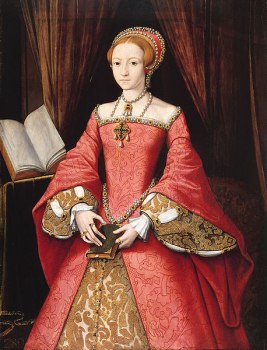
| 1577 – 80 | Circumnavigation of the globe by Sir Francis Drake. Returning to England with much treasure and exotic spices, Queen Elizabeth honoured Drake with £10,000 and a knighthood. |
| 1587 | Execution of Mary Queen of Scots by order of Queen Elizabeth I. Mary had been plotting against Elizabeth; letters in code, from her to others, were found and she was deemed guilty of treason. |
| 1588 | The Spanish Armada set sail from Spain in July, with the mission of overthrowing the Protestant Queen Elizabeth and restoring Catholic rule over England. |
| 1600 | Foundation of the East India Company, the largest and most powerful company the world has ever seen. |
| 1603 | James VI of Scotland crowned James I of England. James was the son of Mary Queen of Scots and Lord Darnley. He was the first king to rule over Scotland and England. James’s reign saw the publication of the Authorised Version of the Bible. |
| 1605 | The Gunpowder Plot, aka the Gunpowder Treason Plot, or the Jesuit Treason, was a failed attempt to blow up Parliament and assassinate King James I by a group of Catholics led by Robert Catesby. |
| 1607 | Founding of the first English colony in North America. Arriving in three ships, the explorers named their new settlement Jamestown, in honour of their king. |
| 1620 | The Pilgrim Fathers set sail to the Americas on the Mayflower from Plymouth in Devon. |
| 1625 | Reign of King Charles I. The son of James I and Anne of Denmark, Charles believed his authority to rule had been due to the divine right of kings bestowed on him by God. |
| 1626-31 | Disputes between King and Parliament, over the manner of England’s system of government. These difficulties would eventually lead to the outbreak of the English Civil War |
| 1642-46 | First English Civil War between Parliamentarians (Roundheads) and Royalists (Cavaliers) |
| 1642 | King Charles I raises his royal standard at Nottingham. First major battle of the English Civil War at Edgehill. Almost 30,000 soldiers clashed in the battle that was hard fought and bloody, yet inconclusive. |
| 1643 | The Parliamentary Alliance with the Scots brought two nations together in arms against their shared king. |
| 1645 | King defeated by Thomas Fairfax at the Battle of Naseby, 14th June. |
| 1646 | The last Royalist army is defeated at the Battle of Stow-on-the-Wold, Gloucestershire on 21st March. End of the First Civil War. |
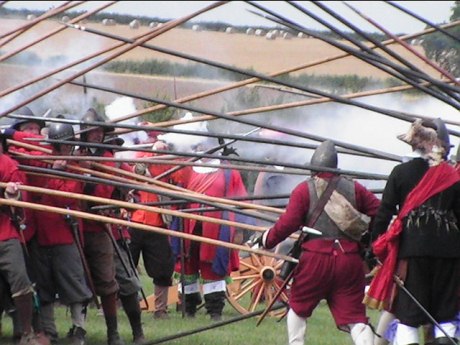
| 1648 | The Second English Civil War. Fought between May and August, a series of battles that would lead to the defeat of Charles I. |
| 1649 | Trial and execution of Charles I. Following his execution, there was further large-scale fighting in Ireland, Scotland and England, known collectively as the Third Civil War. |
| 1651 | Proclaimed as King Charles II by the Scots, Charles led an invasion of England where he was defeated by Oliver Cromwell‘s New Model Army at the Battle of Worcester. This marked the end of the civil wars, however bitter differences remained between the Army leaders and civilian politicians. |
| 1654 | The First Protectorate Parliament was called by the Lord Protector Oliver Cromwell. Angered and frustrated by bitter in-fighting, Cromwell dissolved the Parliament in January 1655. |
| 1658 | Death of Cromwell. After a lavish funeral his embalmed body is buried in Westminster Abbey. |
| 1660 | Restoration of the Monarchy. Two and half years after his death, Oliver Cromwell, Lord Protector of England, is disinterred and executed on 30 January 1661. His head is impaled on a 25 foot pole on the roof of Westminster Hall. |
| 1660-85 | Reign of Charles II. After the collapse of the Protectorate following the death of Oliver Cromwell, the Army and Parliament asked Charles to take the throne. |
| 1665 | The Great Plague. Although the Black Death and had been known in England for centuries, over this particular summer 15% of the population would perish. King Charles II and his court left London and fled to Oxford. |
| 1666 | The people of London who had managed to survive the Great Plague of the previous year must have thought that 1666 could only be better, then on 2 September in a bakery near London Bridge, a fire started… The Great Fire of London. |
| 1685-88 | Reign of King James II. The second surviving son of Charles I and younger brother of Charles II. Catholic James became very unpopular because of his persecution of the Protestant clergy, he was deposed in the Glorious Revolution. |
| 1688 | James II flees to France where he died in exile in 1701. |
| 1689-1702 | Reign of William and Mary. The Glorious Revolution was the overthrow of the reigning king, James II, with the joint monarchy of his Protestant daughter Mary and her Dutch husband, William of Orange. |
| 1690 | Battle of the Boyne: William III defeats Irish and French army. |
| 1694 | Foundation of the Bank of England |
| 1702-1714 | Reign of Queen Anne. The second daughter of James II, Anne was a staunch, high church Protestant. During her reign Britain became a major military power and the foundations were laid for the 18th century’s Golden Age. Although pregnant 17 times, she left no heir. |
| 1707 | Union of England and Scotland. With its economy almost bankrupted following the collapse of the Darien Scheme, a poorly attended Scottish Parliament voted to agree the Union on 16 January. |
| 1714-27 | Reign of George I. Son of Sophia and the Elector of Hanover, great-grandson of James I. George arrived in England able to speak only a few words of English, accordingly, he left the running of the government to Britain’s first Prime Minister. |
| 1720 | South Sea Bubble. Stocks crashed and people across the country lost all of their money. |
| 1727-60 | Reign of George II. Only son of George I, although more English than his father, he still relied on Sir Robert Walpole to run the country. |
| 1746 | The Battle of Culloden, the last battle fought on British soil and the final conflict in the ‘Forty-Five’ Jacobite Rebellion |

| 1760 – 1820 | Reign of George III. The grandson of George II and the first English-born and English-speaking monarch since Queen Anne. During his reign, Britain lost its American colonies but emerged as a leading world power. |
| 1776 | American Declaration of Independence from Britain. |
| 1779 | The world’s first Iron Bridge is built over the River Severn. The cradle of the Industrial Revolution, Ironbridge Gorge is now a World Heritage Site. |
| 1801 | Union of Britain and Ireland. Following the first national census, the official head count revealed that Great Britain’s population at the time was 9 million. |
| 1805 | Victory at the Battle of Trafalgar thwarted Napoleon Bonaparte’s plans to invade Britain; death of Admiral Lord Nelson. |
| 1807 | An Act for the Abolition of the Slave Trade, as it was officially known, was passed in the United Kingdom Parliament prohibiting the trade of slaves but not the practice of slavery in the British Empire. The following year the West Africa Squadron was formed, who would become the frontline soldiers in the war on the slave trade. |
| 1815 | Battle of Waterloo; Napoleon with his French Imperial Guard is defeated by Britain and her allies. The Duke of Wellington, Arthur Wellesley, inflicted an overwhelming defeat on Napoleon, but the victory cost a staggering number of lives. |
| 1820-30 | Reign of George IV. The eldest son of George III and Queen Charlotte, George was an enthusiastic patron of the arts with only a passing interest in government. He had the Royal Pavilion in the Brighton, built as his seaside pleasure palace. |
| 1825 | Stockton and Darlington Steam Railway opens, the world’s first public railway to use steam locomotives. |
| 1830 | Reign of William IV. Known both as the ‘Sailor King’ and ‘Silly Billy’, he was the third son of George III. His reign saw the passing of the Reform Act of 1832. |
| 1833 | Slavery banned throughout the British Empire. |
| 1835 | Christmas becomes a national holiday. |
| 1837 | Reign of Queen Victoria. Her glorious reign was to last for 64 years. During the Victorian Era Britannia ruled the waves and the sun is said to have never set over the extent of the world’s largest empire. |
| 1841 | Penny Red replaces the Penny Black postage stamp. |
| 1851 | The Great Exhibition was held in London inside an enormous iron and glass structure known as the Crystal Palace. This massive trade show displayed the latest British inventions, as well as artifacts from around the world. |
| 1854-56 | Crimean War: Fought by an alliance of Britain, France, Turkey and Sardinia against Russian expansion into the Danube region (modern day Romania). |
| 1855 | Designed by Grissel & Son of Hoxton Ironworks, the first London pillar boxes are erected. |
| 1856 | The first cigarette factory is opened in Britain by Robert Gloag, manufacturing “Sweet Threes”. |
| 1863 | The world’s first underground railway, the Metropolitan Railway, opened between Paddington and Farringdon. |
| 1865 | The “Father of Antiseptic Surgery”, Joseph Lister uses Carbolic Acid to disinfect the wound of a seven-year-old boy at Glasgow Infirmary. |
| 1876 | The Scottish-born American scientist Alexander Graham Bell invents the telephone. |
| 1882 | Death of the English naturalist Charles Darwin. His theory of evolution influenced our knowledge of life on Earth. |
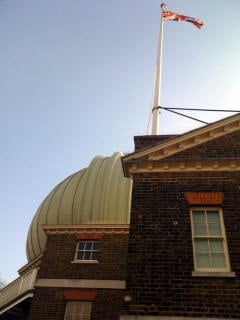
| 1883 | Parcel post starts in Britain. |
| 1884 | Greenwich Mean Time (GMT), the world’s time standard, is internationally adopted at the International Meridian Conference. |
| 1894 | London’s iconic Tower Bridge opens. The bridge’s twin towers, high-level walkways and Victorian engine rooms now form part of the Tower Bridge Exhibition |
| 1897 | Queen Victoria’s Diamond Jubilee. After a 60 year reign, Victoria sat as the head of a Empire that included more than 450 million souls, stretching across every continent. |
| 1899-1902 | Boer War. Fought by Britain and her Empire against the descendants of the Dutch settlers (Boers) in the Transvaal region of South Africa. The war highlighted the limitations of 19th century military methods, employing for the first time modern automatic weapons and high explosives to decimate the enemy. |
| 1901 | Death of Queen Victoria. Following a series of strokes, the 81-year old Victoria died at Osborne House on the Isle of Wight. She had served as Britain’s Queen for almost sixty-four years; most of her subjects had known no other monarch. |
| 1901-10 | Reign of Edward VII. The eldest son of Victoria and Albert, Edward was a much loved king who restored a sparkle to the monarchy. Thanks in no small part to his mother, he was related to most of European royalty and became known as the ‘Uncle of Europe’. |
| 1908 | The Boy Scouts movement begins in England (Girl Guides in 1909) with the publication of Robert Baden-Powell’s Scouting for Boys. Baden-Powell had become a national hero for his 217-day defense of Mafeking in the Boer War. |
| 1910-36 | Reign of George V. The second son of Edward VII, George became heir to the throne following the death of his elder brother Albert from pneumonia. In 1917 with anti-German feelings running high, he changed the family name from Saxe-Coburg-Gotha to Windsor. |
| 1912 | Just 4 days into her maiden voyage from Southampton to New York, the British passenger liner RMS Titanic sinks after colliding with an iceberg. More than 1,500 people lose their lives in the sinking ship or freeze to death in the icy Atlantic waters. |
| 1914-1918 | World War One, the ‘War to End All Wars’. By the time the Great War ended in 1918, sixteen million people had died. In Britain, barely a family was left untouched by this cataclysmic conflict. |
| 1916 | First tank deployed in World War I, to break the deadlock that trench warfare had created on the Western Front in northern France. |
| 1918 | The Fisher Education Act made education compulsory up until 14 years old. |
| 1921 | Irish Partition: formation of the Irish Free State |
| 1922 | Foundation of the British Broadcasting Company by a group of leading wireless manufacturers. Daily broadcasting by the BBC began in Marconi’s London studio on 14th November. |
| 1928 | The Equal Franchise Act gave women over the age of 21 the vote. In achieving the same voting rights as men, the Act increased the number of women eligible to vote to 15 million. |
| 1936 | Accession and abdication of Edward VIII. Just 11 months into his reign and before his Coronation had taken place, Edward renounced the throne due to his relationship with the American divorcee Mrs Wallis Simpson. |
| 1936-52 | Reign of George VI. Following the unexpected abdication of his elder brother, Edward VIII, George was proclaimed king on 12th December 1936. His symbolic leadership was crucial during World War Two. |
| 1939-45 | World War Two. A truly world war, it was fought throughout Europe, Russia, North Africa, and across the Atlantic and Pacific seaboards. It is estimated that some 55 million lives were lost in total. |
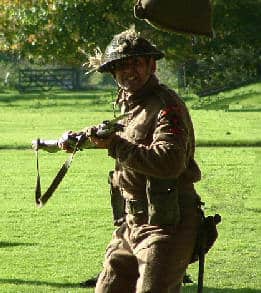
| 1946 | In a country weary but disciplined by war, the National Health Service is launched with the proud expectation that it would make the UK the ‘envy of the world’. The first NHS hospital was opened at Davyhulme in Manchester by Aneurin “Nye” Bevan, on 5th July 1948. |
| 1951 | Festival of Britain. Just six years after World War II, the Festival of Britain opened on the 4th May, celebrating British industry, arts and science and inspiring the thought of a better Britain. |
| 1952- | Reign of Elizabeth II. Following the death of her father George VI, Elizabeth became Queen of seven Commonwealth countries: the United Kingdom, Canada, Australia, New Zealand, South Africa, Pakistan, and Ceylon (now known as Sri Lanka). Elizabeth’s coronation in 1953 was the first to be televised. |
| 1969 | Investiture of Prince Charles as Prince of Wales. |
| 1970 | Age of majority, including the voting age, is reduced from 21 to 18. The term refers to when, in the eyes of the law, children assume the status of adulthood. |
| 1973 | Britain joins the European Economic Community (EEC), along with Denmark and Ireland. Membership applications by the UK to join the Common Market had previously been refused in 1963, and again in 1967, because the then French President, Charles de Gaulle, doubted the UK’s political will… how right he was! |
| 1982 | Falklands War. Argentina forces invade the British-owned Falkland Islands, a mere 8,000 miles away in the South Atlantic. A task force was quickly mobilised to reclaim the islands and in the bitter ten week war that followed, 655 Argentine and 255 British servicemen lost their lives. |
| 1989 | Berlin Wall comes down; collapse of Communism in Eastern Europe. |
| 1997 | Britain hands back Hong Kong to the People’s Republic of China. Ending more than 150 years of British control, the flag of the Union was lowered over Government House for the last time. Britain had controlled the island of Hong Kong since 1842. |
| 2012 | Queen Elizabeth II’s Diamond Jubilee. The nation celebrates her 60 year reign with a maritime flotilla on the Thames of some 1000 boats and vessels led by the Queen’s Royal Barge, ‘Gloriana’. Street parties are held all over the country. Queen Victoria is the only other British monarch to have reached this milestone. |
Published: 6th December 2014.
